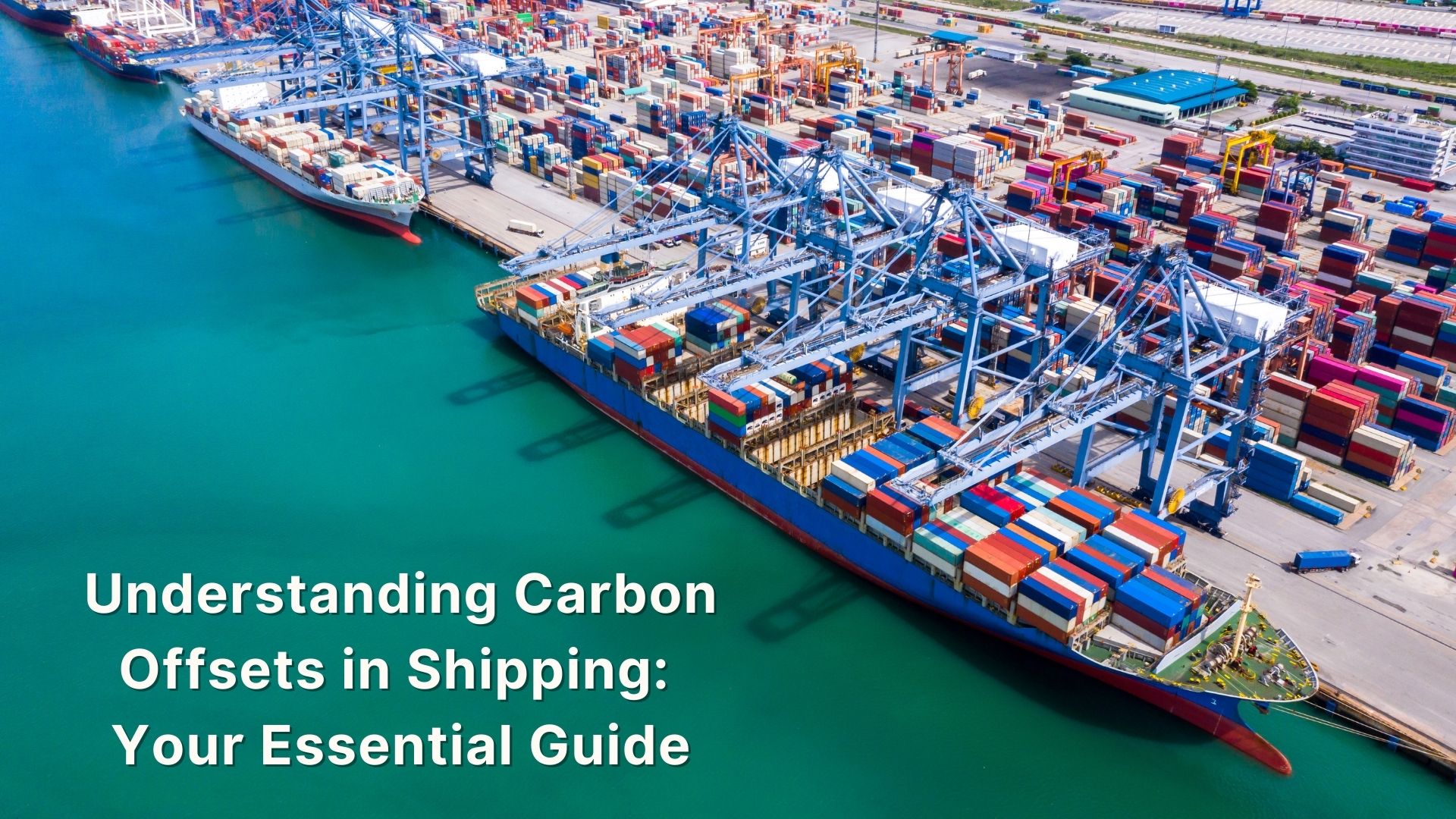Shipping Carbon Offsets Simplified: A Clear Guide
Others

Shipping is essential for global trade, moving over 80% of goods worldwide, but it’s also a major source of greenhouse gas emissions. With growing attention on climate change, carbon offsetting has become a practical way to address maritime emissions and support the decarbonisation of the sector. Here’s what you need to know about the impact of shipping, new solutions, and how offsets can help.
The Real Impact of Shipping
The International Maritime Organization reports that shipping is responsible for nearly 3% of global annual CO₂ and other greenhouse gas emissions. Shipping operations are heavily reliant on fossil fuels, which contribute to the release of harmful greenhouse gases.
This problem is amplified by the growth of e-commerce. Online shopping fuels demand for faster deliveries, which increases shipping volumes and energy use. Hidden behind every order is a network of ships, trucks, and last-mile deliveries contributing to rising emissions. In fact, fast shipping can increase CO₂ emissions by up to 15% and transportation costs by 68%, highlighting the challenge of balancing speed and sustainability in e-commerce logistics.
How to Offset Online Shopping
Every online purchase leaves a carbon footprint. Companies and consumers can address this by supporting carbon offset projects, such as reforestation or renewable energy initiatives. Choosing slower shipping options and consolidating deliveries can also reduce emissions.
Game-Changing Solutions
Alternative Fuels
- Biofuels: These fuels, derived from renewable sources, can significantly reduce emissions.
- Liquified Natural Gas (LNG): LNG is considered a cleaner alternative to traditional heavy fuel oil, emitting fewer pollutants.
Key stakeholders are working together on zero-emission shipping initiatives. Maersk, for example, has successfully reduced CO2 emissions by up to 85% per voyage using biofuels. Yokohama and Mitsubishi Gas Chemical are developing green methanol infrastructure, while Singapore explores ammonia solutions. The Zero Emission Maritime Buyers Alliance aims to cut 1 million tons of CO₂. These partnerships are crucial for advancing zero-emission technologies.
Leading the Way
One of the most promising developments in green shipping is the Yara Eyde, the world’s first cargo ship powered mainly by clean ammonia, set to launch in 2026. This vessel, developed by Yara International and partners, aims to cut carbon emissions by 95% compared to traditional fossil fuel-powered ships. By using a mix of "blue" ammonia (with captured CO₂) and "green" ammonia (produced with renewable energy), the Yara Eyde will demonstrate the potential of current technologies to decarbonize the shipping industry. Although there are challenges, such as managing nitrous oxide emissions from ammonia combustion, the project highlights the growing push for sustainable shipping solutions.
What’s next?
The future of shipping is bright, with hydrogen-powered vessels poised to revolutionize the industry. While challenges remain, such as infrastructure development and hydrogen production costs, promising startups and ongoing research are accelerating progress. By 2025, we can expect to see more pilot projects, increased investment in hydrogen technologies, and a growing understanding of their potential to reduce emissions and create a more sustainable maritime sector.
References
Technology News | TechHQ | Latest Technology News & Analysis
IMO’s work to cut GHG emissions from ships
What fuels do Maersk ECO Delivery use today? | Support | Maersk
The role of maritime fuel projects in decarbonizing shipping | World Economic Forum
#PoweredByBallard: The first hydrogen-powered vessels set sail
